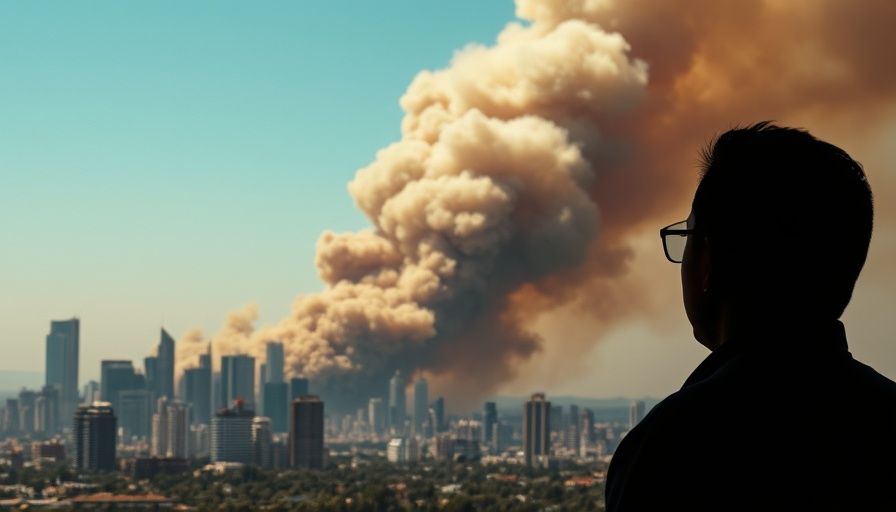
Understanding the Dangers of Urban Wildfire Smoke
As climate change exacerbates the frequency and intensity of wildfires, urban areas are increasingly at risk from air pollution released during these catastrophic events. The recent fires in Los Angeles, which claimed over 16,000 homes and businesses, have raised urgent questions about the public's exposure to toxic air pollutants such as heavy metals and benzene. Environmental health experts, including John Volckens from Colorado State University, emphasize that current air quality monitoring systems fail to capture the full scope of hazardous chemicals that are released during such disasters. This gap in monitoring poses serious risks to residents who may unknowingly be breathing in harmful air pollutants after fires have occurred.
Challenges in Current Air Quality Monitoring
While the Air Quality Index (AQI) serves as a crucial tool for tracking smog and other pollutants, it often overlooks particulates relevant in the aftermath of urban fires. As Professor Yifang Zhu of UCLA points out, even when the AQI indicates a healthy air quality level, the potential for exposure to dangerous pollutants remains. This oversight can mislead residents seeking to understand the safety of the air they breathe. With lawmakers now advocating for expanded air monitoring systems following the Los Angeles fires, a push for more comprehensive data collection has never been more critical.
Legislative Reactions and Future Steps
The alarming situation prompted a group of California lawmakers to call upon the EPA to establish a federal task force dedicated to air quality monitoring in the wake of urban wildfires. The goal is to ensure clearer communication regarding air quality risks to the public. Several legislative initiatives are on the table, seeking to protect residents from the ongoing consequences of pollution from these devastating events. With such steps, there is hope that communities will gain better knowledge of their environmental health and make informed decisions in these critical moments.
Practical Tips for Residents
In light of the threats posed by wildfire smoke, individuals can take proactive measures to protect themselves. Investing in personal air quality monitors can provide real-time data on local air conditions, helping residents make safer choices about outdoor activities during wildfire periods. Staying informed through credible sources and utilizing technology for monitoring will empower individuals to safeguard their health effectively.
Conclusion: Why This Information Matters to You
Urban wildfires not only devastate landscapes, but they also pose significant health risks that require immediate attention and action. Understanding the pollutants released during such events can help communities respond better and foster stronger public health initiatives. As more monitoring technologies emerge, tech-savvy health enthusiasts can lead the charge for better data and healthier urban environments, ensuring that vulnerable populations are protected and informed.
 Add Row
Add Row  Add
Add 




 Add Row
Add Row  Add
Add 



Write A Comment